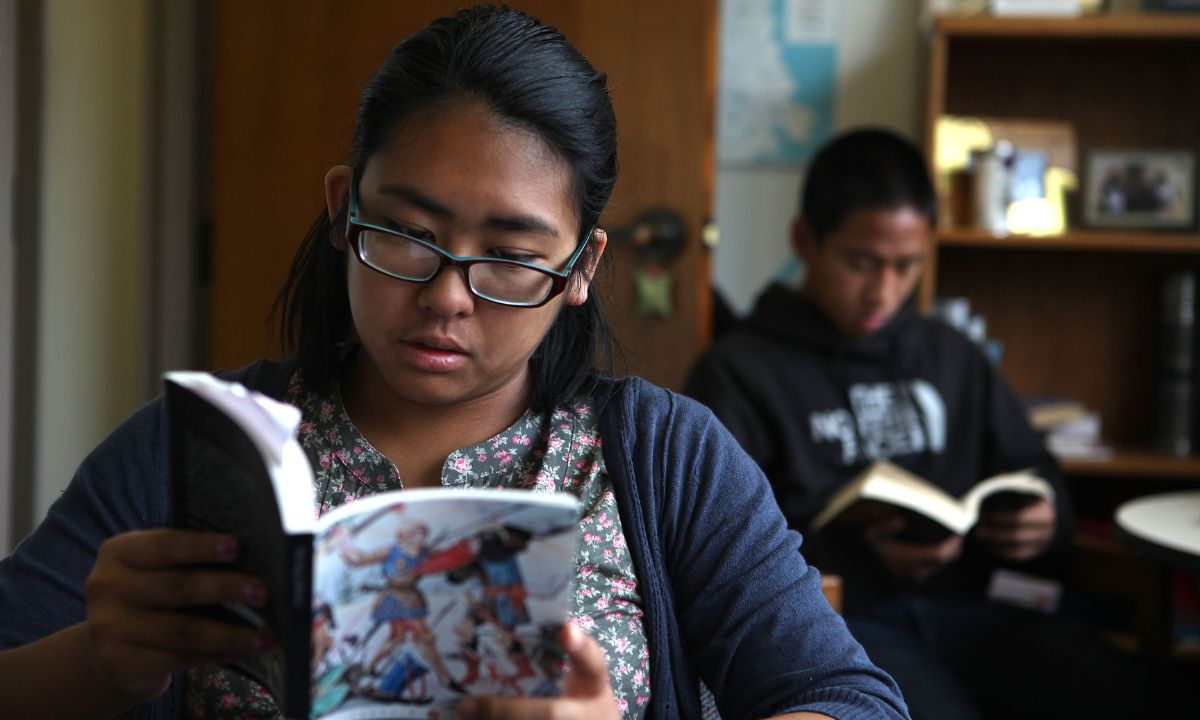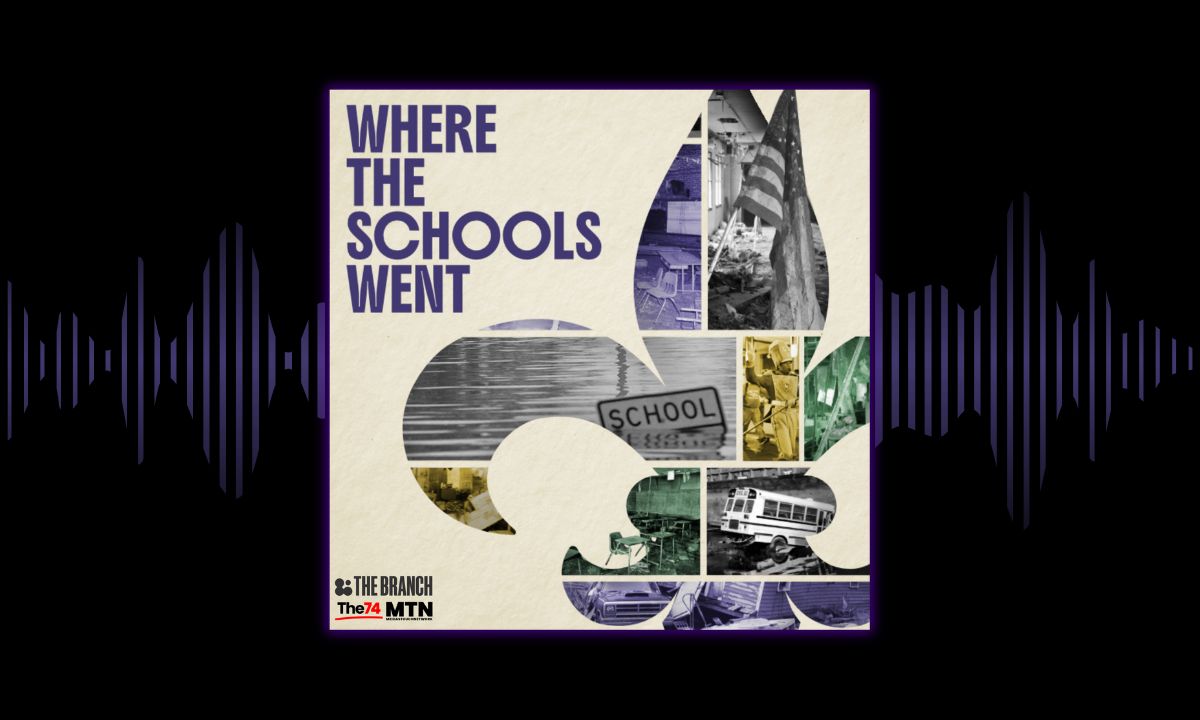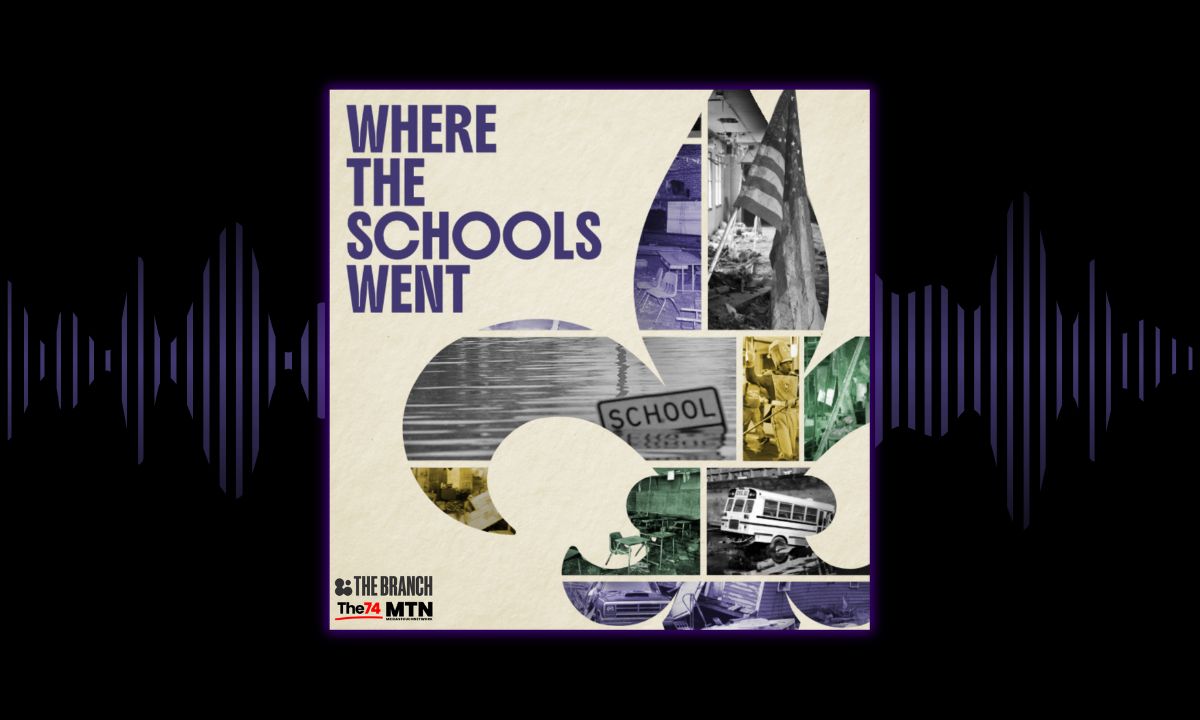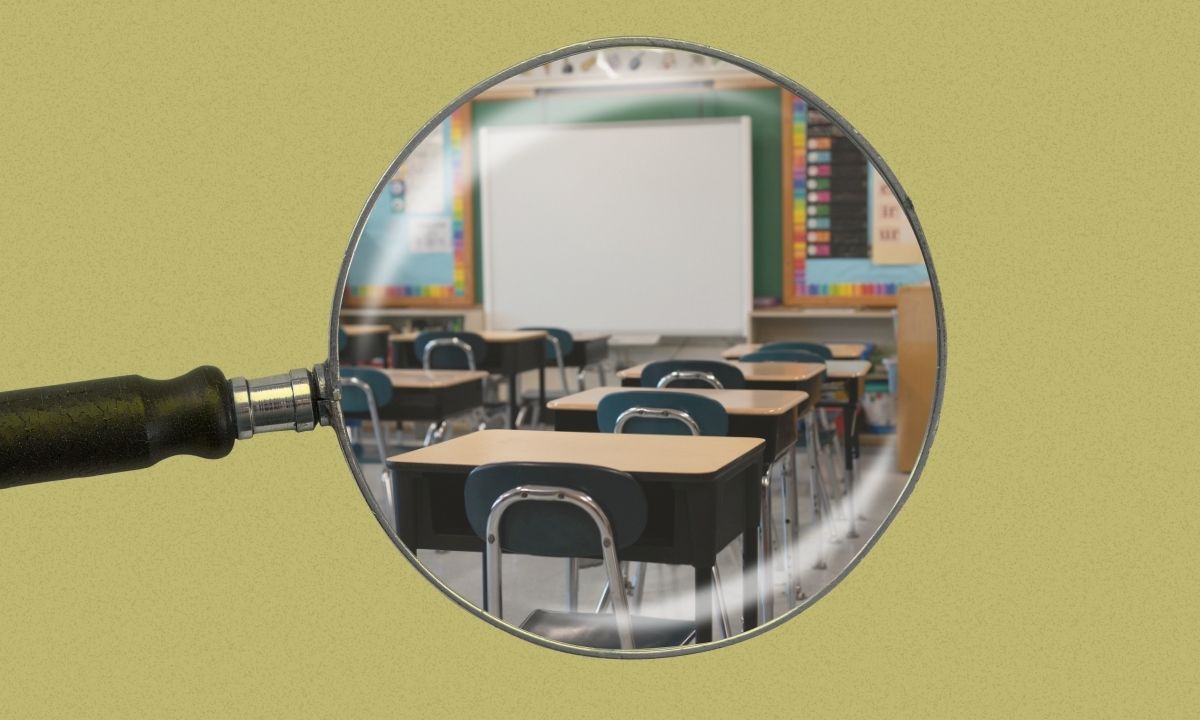Only 30% of eighth graders scored as proficient readers on the 2024 National Assessment of Educational Progress, compared to 34% in 2019. However, in the last ten years, the lowest achievers’ score has decreased by 19 points for kids in the 10th percentile. They’re not by themselves: Over the same time period, children in the 25th percentile have had a 13-point drop. Averages that reflect higher scores achieved by kids at the top of the achievement ladder frequently conceal these catastrophic decreases. However, it is evident that middle school students who struggled with reading are now reading at far lower levels. They may be reading less than they once did, which could account for part of this.
In 2023, only 14% of 13-year-olds said they read every day for pleasure, down from 37% 30 years prior. Op-eds and analyses lament that teens no longer read books, while kids between the ages of 8 and 18 spend an average of 7.5 hours a day in front of screens. School is the one institution that has the power to force teenagers to read. Additionally, summer is the one season when teenagers have a lot of free time. During nine weeks of summer vacation, reading a 300-page book is equivalent to reading five pages every day. Therefore, it would be reasonable for schools to request that students read more books outside of class.
To find out how summer reading assignments were doing in 2025, I examined 32 high schools in Maryland, the District of Columbia, and Virginia. The outcomes are depressing.
Just 54% of teachers provide their incoming ninth graders any summer reading. Only 38% of public schools have such a requirement, and at three of them, the summer reading assignment doesn’t really entail a book, whereas 90% of the private schools under study have it.
New ninth students at Bethesda-Chevy Chase High School in Maryland are required to read three articles from the New York Times and compose a brief essay discussing each one. Baltimore County’s Catonsville High School assigns a zombie apocalypse article to incoming high school pupils. Albert Einstein High School in Kensington, Maryland’s Summer Reading Choice Board assigns students to complete one of four assignments: reading a six-page short story or article, seeing a documentary, or listening to an album. Splashy graphics on school websites in Montgomery County, Maryland; Fairfax County, Virginia; and surrounding districts encourage students to read a book over the summer. This won’t persuade those who aren’t interested in reading to start, nor will it encourage an existing reader to take on a new or difficult book.
In fact, five private schools require their students to read multiple books. At Bethesda’s Holton-Arms, an all-girls school, the four-book requirement is the most stringent. Students at Whitman High School, a public school six minutes away, are instructed to read any book with at least 150 pages and to make comments on sticky notes or in the margins. It is evident that the central office has no say in enforcing summer reading for students because Whitman is located in the same district as Einstein and Bethesda-Chevy Chase high schools. Similarly, the District of Columbia Public Schools, which had an 80% compliance record before to COVID and required students to read a book and do a writing assignment over the summer, now has nothing.
The outcomes are inconsistent even when districts try to establish a reading bar.
The Newark Board of Education, for instance, announced last summer that incoming ninth-graders in the district’s eighteen high schools would have to read S.E. Hinton’s and finish three associated tasks. However, the summer English homework on East Side High’s school website is to watch a movie and a TED talk. While the majority of other Newark high schools have no information regarding summer reading on their websites, Central High publicly publishes the requirement.
According to data from my survey, summer reading requirements are more common in public schools that serve wealthier populations. The only local high school in Montgomery County that requires pupils to read a book is Whitman, which is also one of the wealthiest. Similarly, Highland Park High School, outside of Dallas (which does not have any low-income students), requires incoming ninth-graders to read Paulo Coehlo’s, while New Trier High School, just north of Chicago (which has 3% low-income students), assigns particular books based on incoming students’ ninth-grade English placement. Staples High School, located in Westport, Connecticut, where 2% of students are low-income, also requires ninth-graders to read two books.
However, wealth also does not equate to a dedication to summer reading. Both Harriton High School on Philadelphia’s Main Line and Newton North High School, outside of Boston, encourage pupils to think about picking up a book. Less than 18% of pupils in both districts are low-income. Both New York City’s Dalton School and Georgetown Day School, a prep school in Washington, D.C., where Supreme Court Justice Ketanji Brown Jackson takes her child, only offer a suggested reading list.
When the epidemic struck, the class starting ninth grade this year was in third grade. Education had returned to normal by the time these pupils started middle school, and they had spent years being persuaded of the value of education, community, and all that school has to offer. However, according to a 2024 study of middle school students, only 28% concur that students persevere through challenging coursework. Less than half concur that thinking skills are used at my school instead of memorization alone. According to writers Rebecca Winthrop and Jenny Anderson’s recent book, The Disengaged Teen, children need to improve their learning skills in order to combat these alarming figures.Among other advantages, reading has a good impact on teenage language skills and brain development, which suggests that literacy itself could be a strategy for assisting young adults in furthering their learning. Enforcing a few hours of reading throughout the summer is a modest but significant move that will undoubtedly be beneficial.











